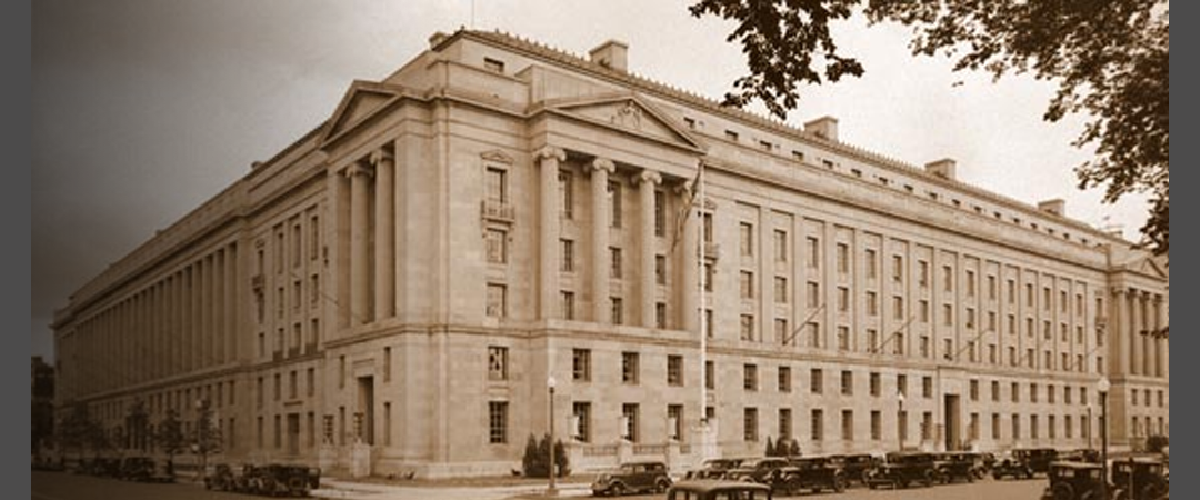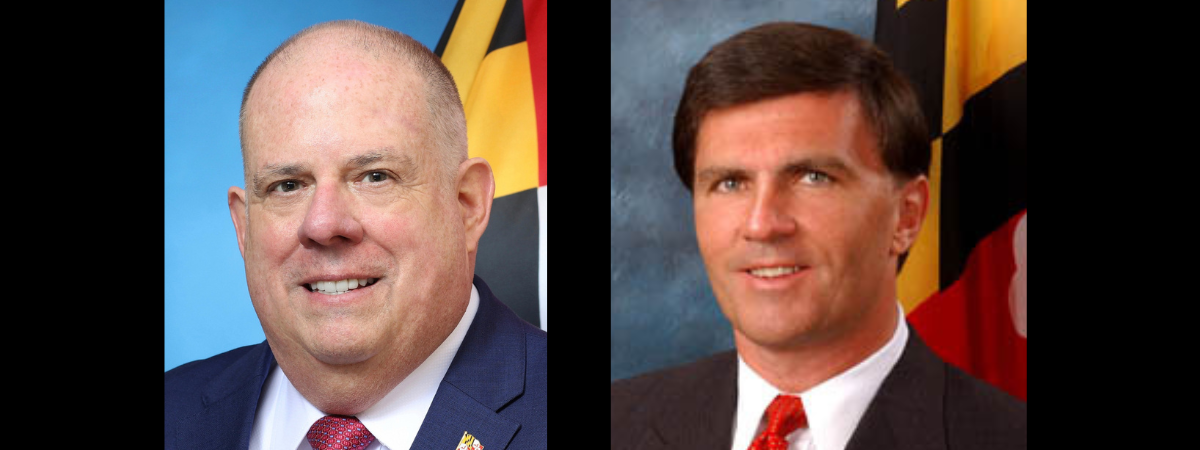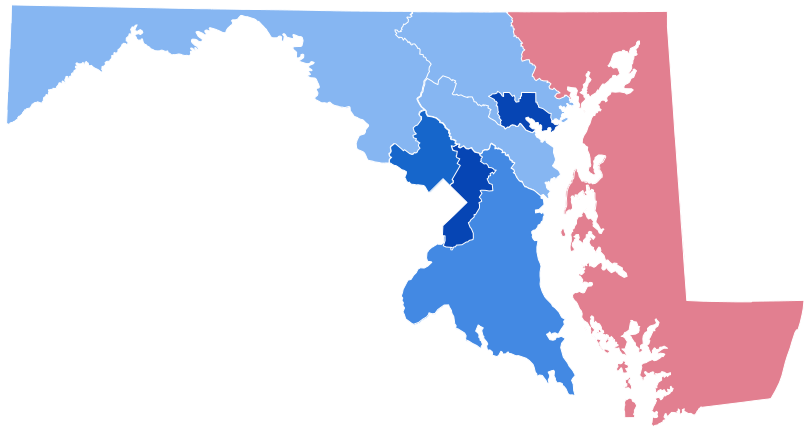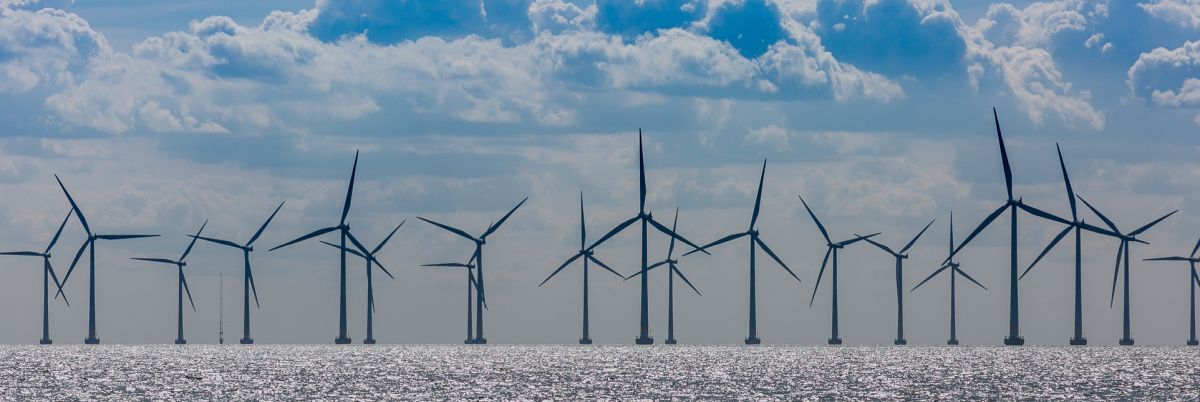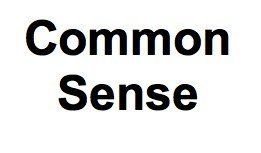Who or What is to Blame for Inflation in the United States?

In May of 2022, prices were 8.6% higher than a year ago, a rate of inflation that the United States has not experienced in over 40 years.
Consumers are seeing this inflation in higher prices for gas, food, cars, housing, baby formula, and just a beer at the local bar. Reasonable people are asking themselves, what the hell is going on?
I will explain what inflation is, the main causes of inflation, and the facts about inflation rates in the U.S. over the past 40 years, and then dive into the debate over its cause.
Inflation is a measure of the average increase in the prices of goods and services over a specific time period, such as one year. Because Americans buy and sell millions of products over the course of a year, the prices of some of those goods will rise more than the average, others will rise less than the average, and some may even fall. For example, in May of 2022, although average prices were 8.6% higher, gasoline prices were up 48.7%, clothing was only 5% more expensive, and smartphone prices were down 19.9%.
So, what causes inflation? In general, inflation is caused by imbalances between the quantity of goods and services that businesses produce (supply) and the quantity of goods and services that people, businesses, and governments want to buy (demand). If production falls short of what people seek to buy, then shortages develop and prices rise. Inflation appears when demand outstrips supply.
The U.S. had a nasty period of inflation in the 1970s and ‘80s. Inflation hit double digits in 1979 and 1981, and a 60-year high of 13.5% in 1980, the highest annual rate of inflation since 1920. Between 1982 and 2021, the annual inflation rate fluctuated between a high of 6.1% in 1982 and a low of negative 0.4% in 2009. We do not know yet what the inflation rate will be for 2022 because prices may continue to rise or could fall during the second half of the year. However, it would not be unreasonable to suspect that the annual inflation rate will be the highest it has been since the early 1980s.
Who or what is to blame for rising prices? Was it Joe Biden and the Democrats who passed a $1.9 trillion covid-19 related stimulus bill (the American Rescue Plan Act)? Were Republicans also to blame after they helped Democrats pass a $1.2 trillion infrastructure spending bill? Didn’t all that spending increase demand by over $3.1 trillion and cause demand to far exceed supply in 2022, thereby creating massive shortages and a subsequent 8.6% price increase?
These government spending programs probably did contribute to the recent inflation, but only to a relatively small part of it. Why? First, most of the $1.9 trillion ARPA spending occurred in 2021 when inflation was moderate, not in 2022 when inflation was high, and the remaining funds will be spent over the next four years. Thus, ARPA spending is adding little to total demand in 2022, a year during which total demand is expected to exceed $25 trillion.
Likewise, the $1.2 trillion infrastructure bill is spread over 10 years and almost none of the spending has happened, or added to demand, thus far in 2022. Second, a significant part of the additional spending facilitates the private sector’s production of goods and services, thereby expanding supply. Third, several economists have estimated the inflationary impact of this spending and found that it was small.
For example, Mark Zandi, an economic advisor to former Sen. John McCain, estimated that the ARPA covid relief bill contributed only 0.1% to the May 2022 over May 2021 inflation rate. In other words, Zandi estimated that the inflation rate would have been 8.5% instead of 8.6% if the ARPA bill had not been passed. Economists at the Federal Reserve Bank of San Francisco estimated that the combination of the two covid relief bills that were signed into law by President Trump and the ARPA bill signed by President Biden increased inflation in 2021 by 3% and suggested those three bills might add about 2% to inflation in 2022.
If all the Biden government spending initiatives caused only a small part of the recent inflation, then what caused the rest of the inflation? Zandi provides estimates of the factors that contributed to the 8.6% inflation that occurred between May of 2021 and May of 2022.
Foremost among these was the Russian invasion of Ukraine which pushed up the prices of oil, gas, metals, agricultural goods, and other commodities by choking off Russian and Ukrainian exports of these goods. According to Zandi, the Russian invasion added 3.5 percentage points to U.S. inflation.
Next was the supply side effects of the covid-19 pandemic which disrupted supply chains, added expensive business reopening costs, and contributed to labor shortages, all of which reduced the supply of goods and services. The combination of these supply side effects added 2 percentage points to our inflation rate.
Third on his list was the shortage of affordable housing that pushed up rental prices and contributed 0.6 percentage points to inflation.
These three factors explain 6.1 percentage points of our May over May inflation rate, with all other causes of inflation contributing the remaining 2.5 percentage points.
Had Russia not invaded Ukraine and had there been no pandemic and no housing crisis, the inflation rate in the United States would be almost exactly what it has been on average for the past 30 years, about 2.5 %.
Finally, what role has price gouging by giant corporations played in the inflation story? Some economists think it plays little or no role, but others note that corporate profits are at record levels and reflect a deliberate policy to restrict the supply of goods.
Research by economist Josh Bivens at the Economic Policy Institute argues that corporate price increases have contributed significantly to inflation. Similarly, economists at the Federal Reserve Bank of Boston have documented a recent and substantial increase in corporate concentration in the U.S. economy, where the five largest firms in many industries are capturing ever larger shares of total sales. They conclude that the recent rise in industry concentration is “an amplifying factor” in our recent inflation.
The bottom line is that the main causes of our high inflation have been the Russian invasion of Ukraine and the severe supply disruptions caused by the covid-19 pandemic. A still unresolved question is how much of the blame for inflation is due to corporate price gouging.
It is clear that inflation is likely to remain relatively high as long as the war in Ukraine continues and the pandemic lingers. In addition, unpredictable events — an expansion of the war, political instability, or climate related catastrophes — could cause further spikes in inflation. The good news is that there are steps we can take to ease inflation, provided that we have the political will to act on them.
Dr. Robert G. Lynch is the Young Ja Lim Professor of Economics at Washington College. His research focuses on analyzing the effectiveness of federal, state, and local government policies in promoting economic growth and creating jobs.
Common Sense for the Eastern Shore
